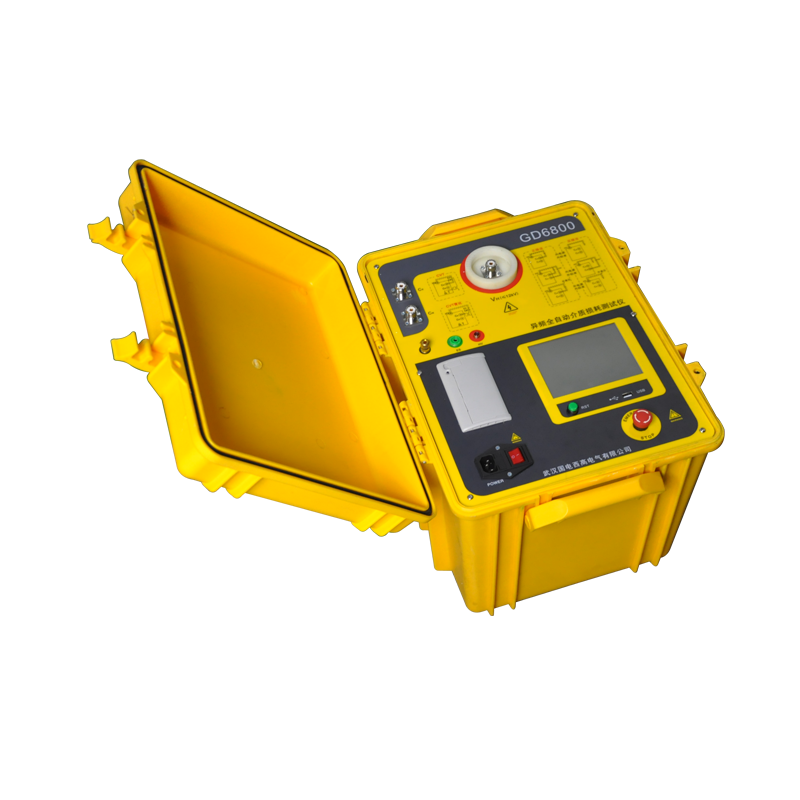It is inevitable that the test data of the high-voltage dielectric loss tester will be obviously unreasonable during use. Once this positive problem occurs, the reason can be found from the following aspects:
1. Poor contact of the hook
When using a hook to connect the test object for on-site measurement, the hook must be in good contact with the test object, otherwise the discharge at the contact point will cause severe data fluctuations! Especially if the oxide layer of the drain wire is too thick, or the wind blows the wire to swing, it is easy to cause poor contact.
2. Poor grounding contact
Poor grounding will cause serious fluctuations in instrument protection or data. The paint and rust on the grounding point should be scraped off, and it must be grounded with zero resistance!
3. Measure CVT directly or measure electromagnetic PT by end shielding method
The direct measurement of the coupling capacitor in the lower section of the CVT will cause negative dielectric loss, so the self-excitation method should be used instead.
When using the end-shielding method to measure electromagnetic PTs, negative dielectric loss occurs due to “T-shaped network interference” caused by moisture, just dry the lower three-skirt porcelain sleeve and terminal board. It can also be measured by conventional method or terminal pressure method.

GD6800 Capacitance and Tan Delta tester
4. The air humidity is too high
The air humidity makes the dielectric loss measurement value increase abnormally (or decrease or even be negative) and unstable, and a shielding ring can be added if necessary. Because the artificially added shielding ring changes the electric field distribution of the test object, this method is controversial, and relevant regulations can be referred to.
5. Generator power supply
When the input frequency is unstable when the generator supplies power, it can work in the fixed frequency 50Hz mode.
6. Test line
Due to long-term use, it is easy to cause a hidden circuit break of the test line, or a short circuit between the core wire and the shield, or poor contact of the plug. The user should maintain the test line frequently; Otherwise, the accuracy of the instrument cannot be reflected; when measuring CVT by the self-excitation method, the non-dedicated high-voltage line should be suspended in the air, otherwise the additional stray capacitance and dielectric loss to the ground will cause measurement errors.
7. Working mode selection
After connecting the wires, please select the correct measurement working mode (forward, reverse and CVT), and you cannot choose a wrong one. Especially in the interference environment, the frequency conversion anti-interference mode should be selected.
8. Influence of test method
Since the dielectric loss measurement is greatly affected by the test method, it should be distinguished whether it is the error of the test method or the error of the instrument. When a problem occurs, first check the wiring, and then check whether it is an instrument failure.
9. Instrument failure
Use a multimeter to measure whether the test line is open, or whether the core wire and the shield are short-circuited; the input power supply 220V is too high or too low; and whether the grounding is good. Use forward and reverse wiring to measure a standard capacitor or a capacitance test product with known capacity and dielectric loss. If the result is correct, you can judge that the instrument is normal.
Post time: May-05-2023
